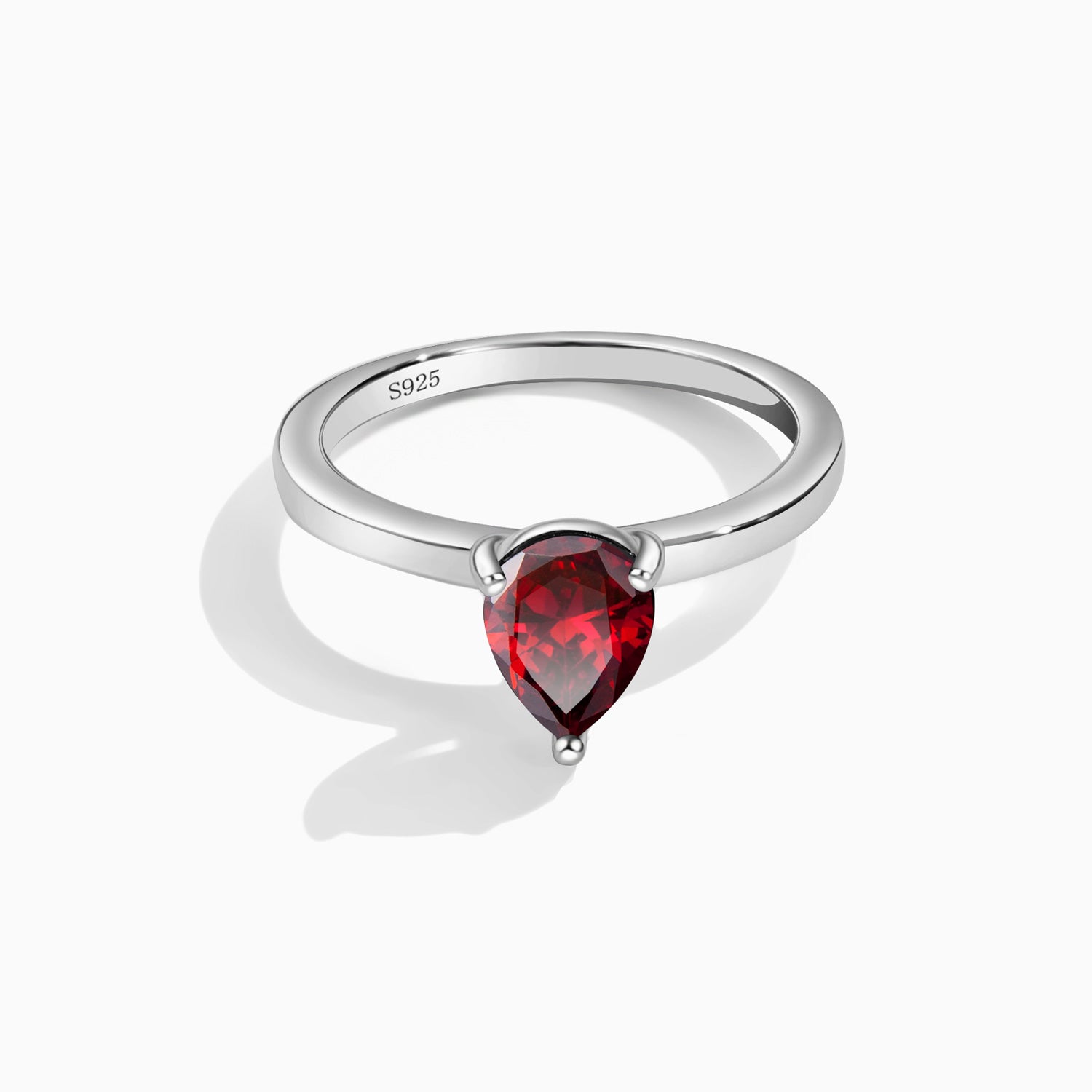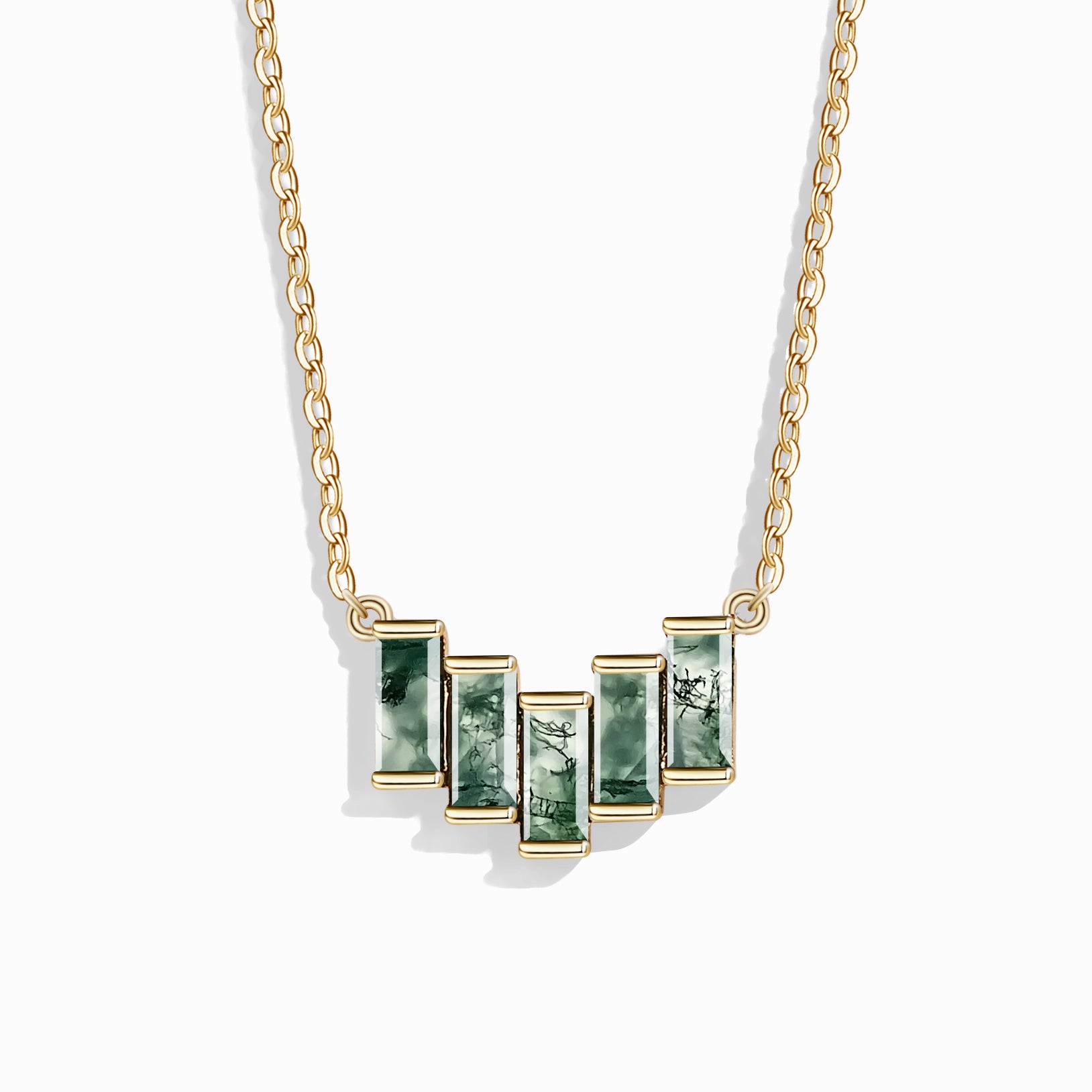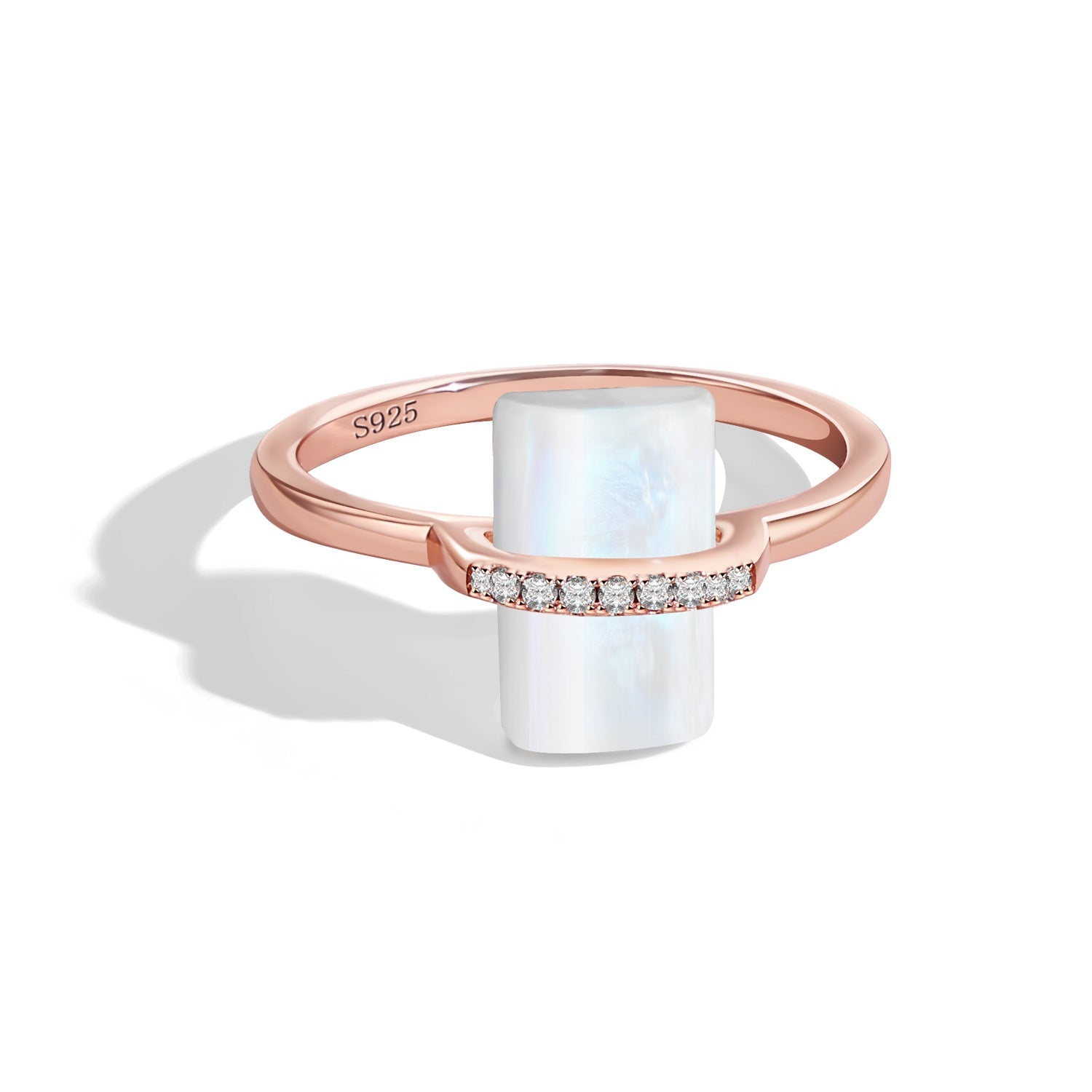The most reasonable explanation is that the agate stone got its name in Sicily. There’s a river called Achates there, and the assumption is that Greek naturalists found this stone there. That event likely happened around 400 B.C., and the Greeks wanted to honor the river by naming the stone that way.
However, that doesn’t mean humans didn’t use blue agate before. Furthermore, we know that Ancient Egyptians and Romans had strong beliefs regarding crystal power. That means they were likely familiar with the potency of blue agate. Ancient civilizations likely placed this gemstone on bracelets, necklaces, and other jewelry. Some wanted to show the beauty of the agate stone, while others appreciated its calming effect and positive influence on mental clarity.
We have proof that blue agate was used in medieval artworks. Nobles and wealthy individuals paid heftily for intaglios that used this gemstone, and it was a matter of prestige to have one.
Geology can thank Georgius Agricola, who first described blue agate in the 16th century. His work called De Natura Fossilium includes details about the agape stone, ensuring a vital spot for this crystal in this science.


















